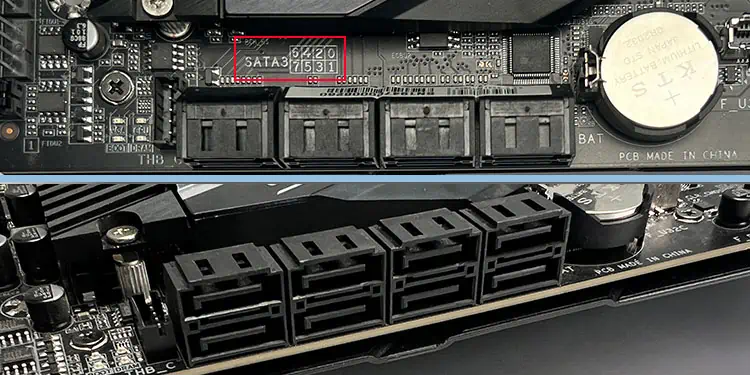If you try installing Windows on a disk or partition that does not support it, you’ll get one of the following error messages with the same error code:
These errors usually happen because of the incompatibility of the installation media with the current boot mode and the current partition scheme.
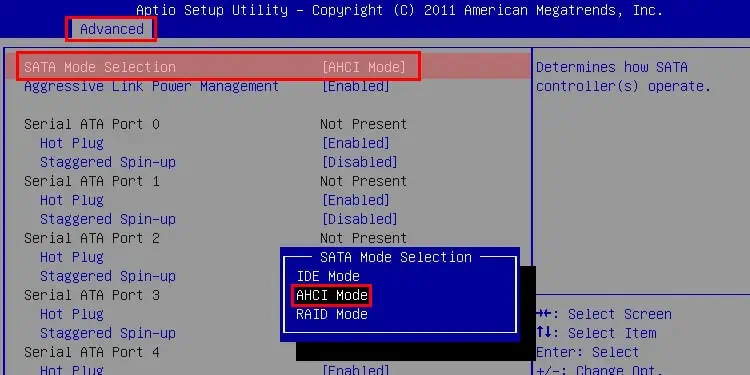
Windows can boot in UEFI or Legacy boot mode which correspond to GPT and MBR partition schemes respectively. Currently, most methods will create a GPT compatible Windows installation media, but an old installation media may still target an MBR-based system.
These media will only install Windows with the compatible boot mode and partition, so you need to troubleshoot such conflicts to resolve the issue.
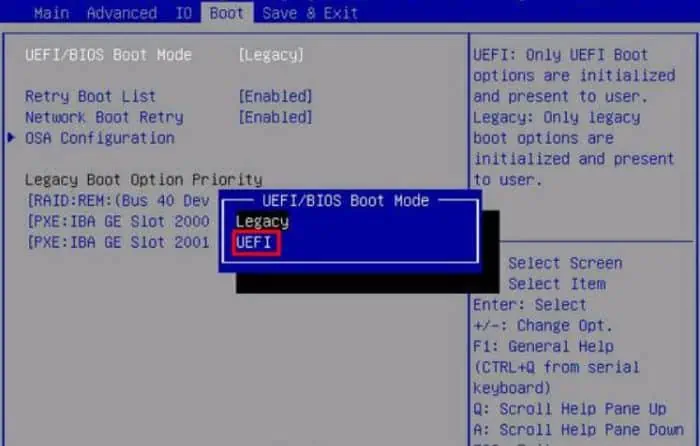
Apart from the boot mode incompatibility, hardware causes can also cause the above error.
Change SATA Mode
Your BIOS or UEFI settings also allow you to specify the SATA configuration mode, which determines how your system communicates with the SATA devices.
Depending on your situation, the SATA device or Operating System build you wish to install may not be compatible with a configuration mode. You’ll need to change the mode in such cases.
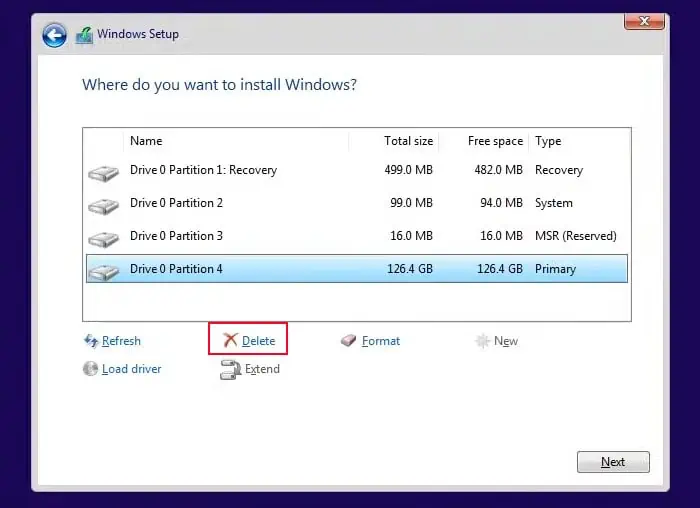
If all the modes show the error, set the SATA mode to AHCI if you want to install a newer OS and IDE otherwise. Then, move on to the next solution.
Check Boot Mode and Delete Partition
you’re able to’t install Windows that targets aGPT disk (UEFI mode) on an MBR diskand vice versa as they have incompatible partition tables. Both of these require separate types of reserved partitions as well.
Your current boot mode also needs to be UEFI for the installation to work. Otherwise, you’ll get the above error message.
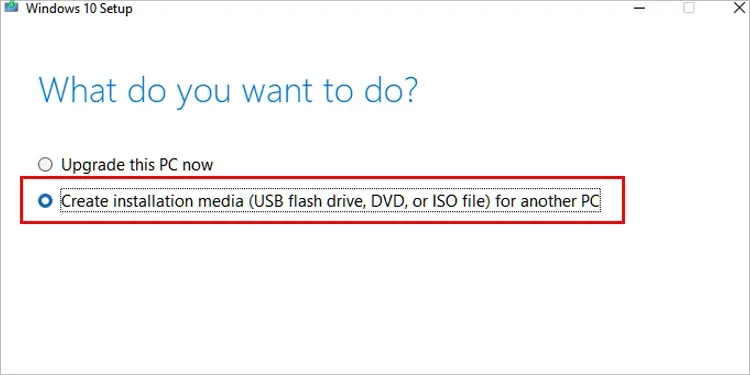
To resolve the issue, you need to change the boot mode and then delete all the partitions on the disk. Doing so will create an unallocated space and allow the installation process to create the GPT-based partition data and reserved partitions using this space.
Properly Recreate Windows Installation Media
If you don’t wish to delete the current partitions, you can tryrecreating the installation mediathat is compatible with your partition scheme.
Since media creation directly creates a GPT-compatible USB installation media, I recommend using apps like Rufus for this purpose as they allow customizing this process.
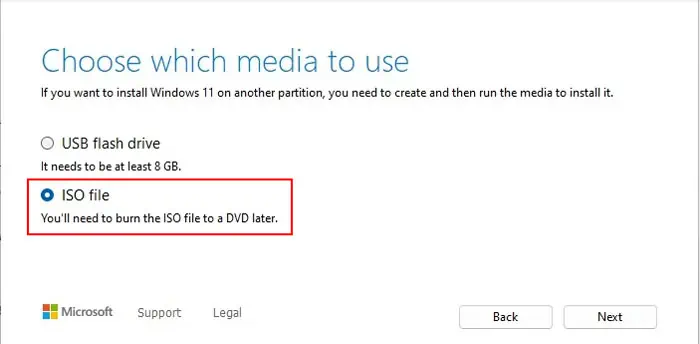
After creating the installation media, use it to install Windows.
Convert to GPT
Another way you can handle this partition scheme incompatibility without deleting the partitions is by converting the current scheme. I recommend converting MBR to GPT even without such a necessity. You won’t lose any data during this process.
On the other hand, since GPT is the current standard, it’s better not to convert it to MBR. Doing so also deletes all the data inside, so it will provide the same result as deleting the partitions anyway.

To convert to GPT,
If you can’t log in to the account,
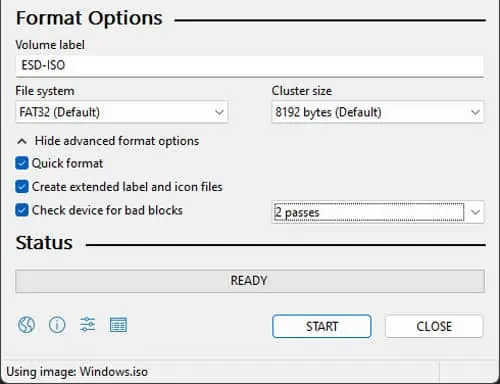
Remove Other Storage Devices
A PC contains many SATA ports and each one is numbered, usually starting from 0. Some older motherboard BIOS consider the storage device connected to the first SATA port as the default OS device. So, if you try installing the OS on another port’s device, you may get this error.
Other than that, if you have installed multiple storage devices on your computer, you may get conflicts while trying to install Windows on certain port’s devices.

If yourmotherboard has an M.2 port and you have an M.2 SSD, I highly recommend using it to install Windows.
Otherwise, you will need to disconnect all the storage devices and then connect only the disk you wish to use as the system disk in the first SATA port before attempting the Windows installation. you may connect the other devices after you finish installing the operating system.

Check Storage Disk
You can also encounter this error if you are attempting to install Windows on a corrupt or damaged storage drive. You can check if this is the case by connecting this device to another computer, or you can use diagnostic software for this purpose.
If the disk does not work, you need to replace it with a new one or attempt to repair it with the help of a hardware specialist or its support center.
